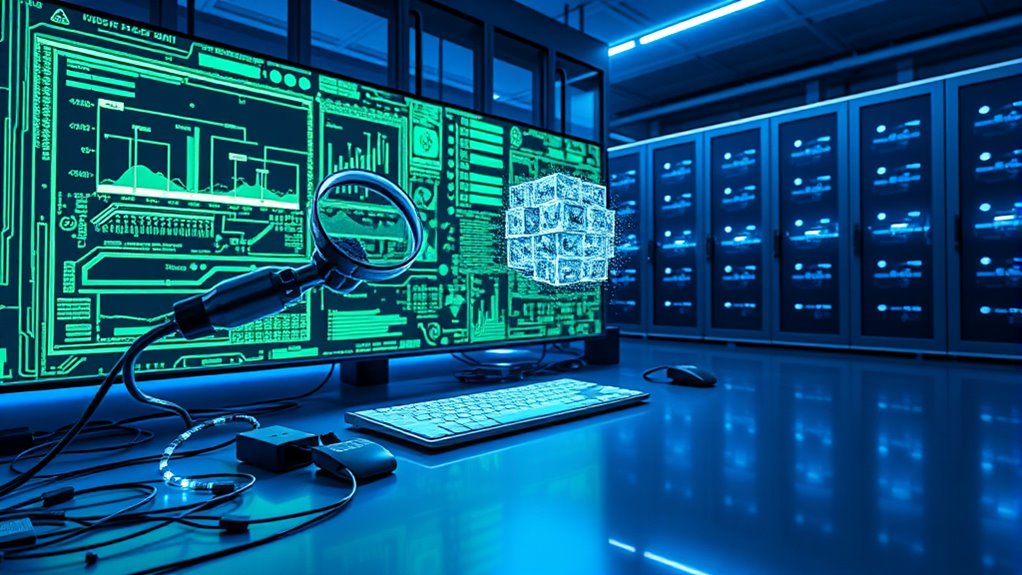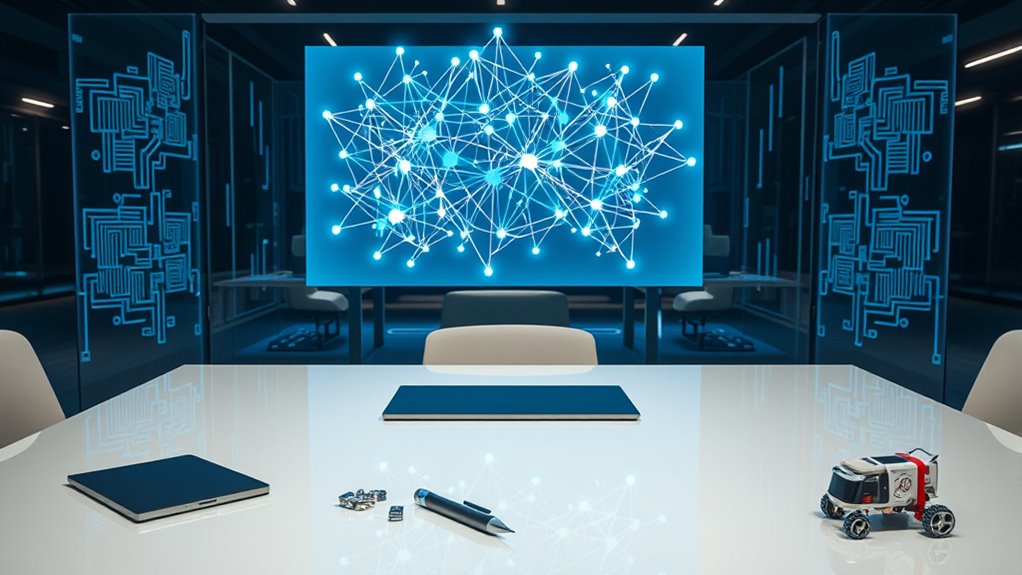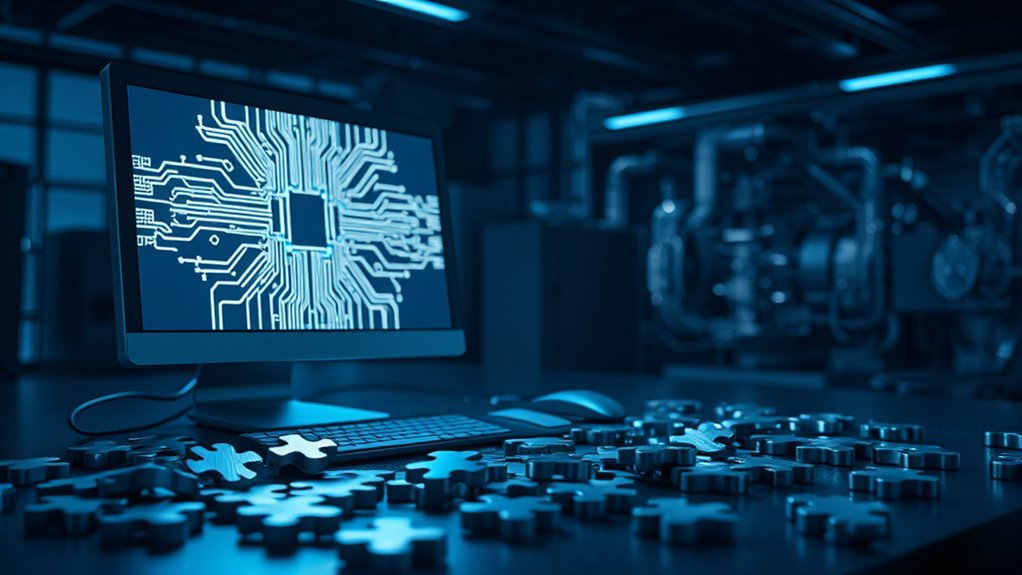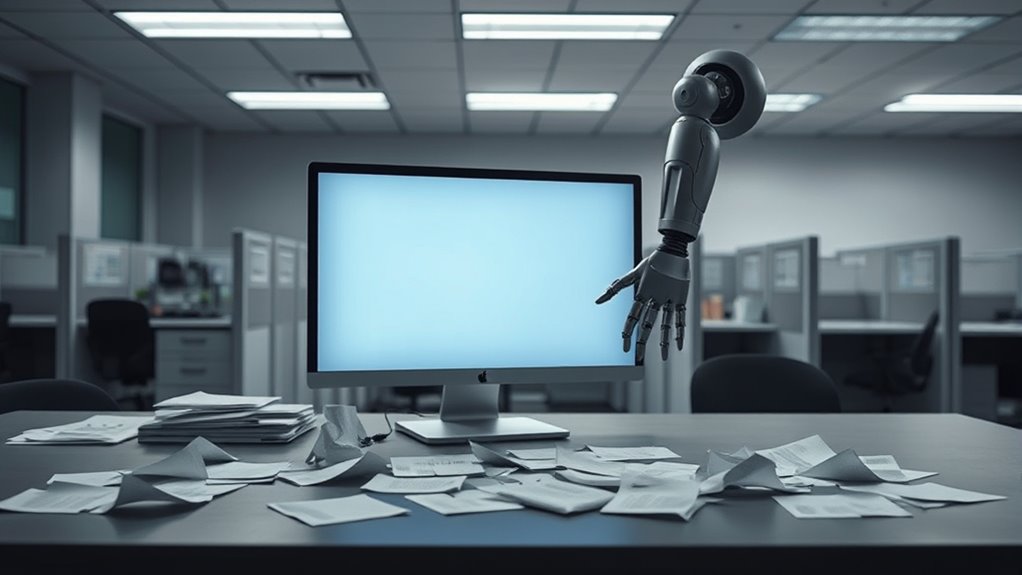As technology grows, AI detectors have become key tools in spotting whether text is written by a person or a machine. These tools are super important in a world where AI can write essays, stories, and even news articles. They help figure out if a human or a computer created the words we’re reading. Let’s explore how they work.
AI detectors rely on smart computer tricks like machine learning and natural language processing, or NLP. Machine learning helps them study tons of text to find patterns. NLP lets them understand how language is built and what it means. They use classifiers to sort text into two groups: human-written or AI-made. To do this, they’re trained on huge sets of data labeled as one or the other. They also pull out specific details from text, like word choices or sentence styles, to make their guesses.
When analyzing text, AI detectors look at things like perplexity and burstiness. Perplexity checks how predictable the writing is—AI stuff is often less creative. Burstiness looks at weird changes in sentences or words, which humans do more than machines. They also study word frequency, grammar, and even the deeper meaning behind the text to spot differences. Additionally, their accuracy varies widely, with some tools achieving only about 60% accuracy on average.
These tools use high-tech methods like neural networks and deep learning to recognize tricky patterns. Transformer models, similar to ones that write AI text, help with detection too. They turn words into numbers called embeddings to understand context. Sometimes, they cross-check text with databases to catch copied content. Continuous training on diverse datasets ensures they adapt to evolving AI writing techniques.
But AI detectors aren’t perfect. They can mess up by labeling human work as AI or missing AI text altogether. Their success depends on the quality of their training data and algorithms. They often struggle with tricky human expressions and need constant updates as new AI writing tools pop up. Teachers also use these tools to detect AI-generated content in student assignments to ensure originality.
Many systems, like schools and businesses, now use AI detectors alongside plagiarism tools to check content. They’re built into platforms to keep things honest.
Looking ahead, better deep learning and human checks might make these detectors even sharper at catching AI-written text.









